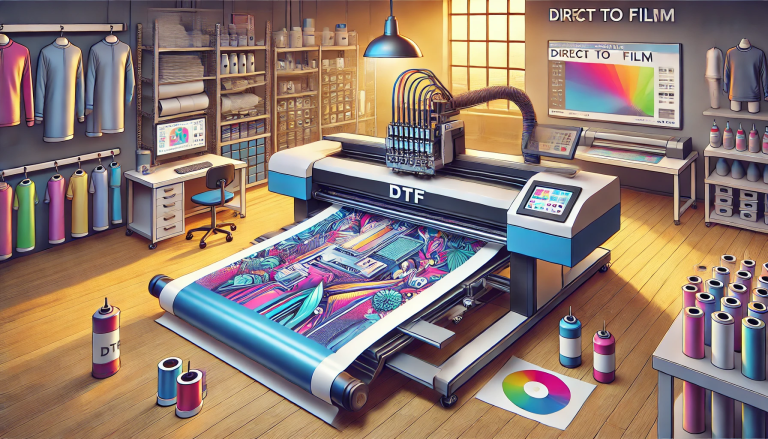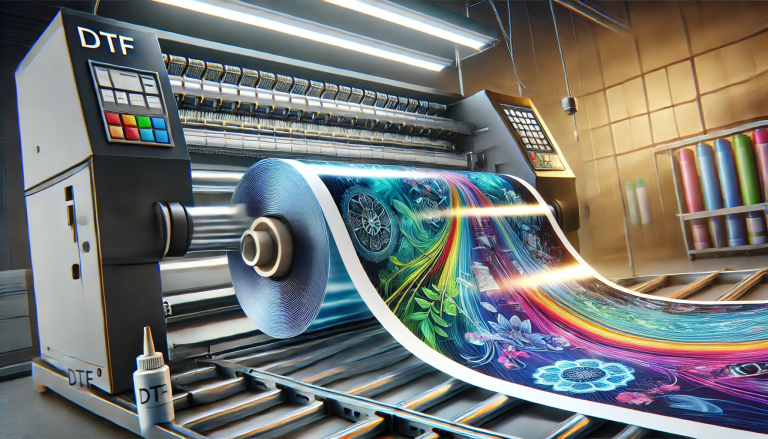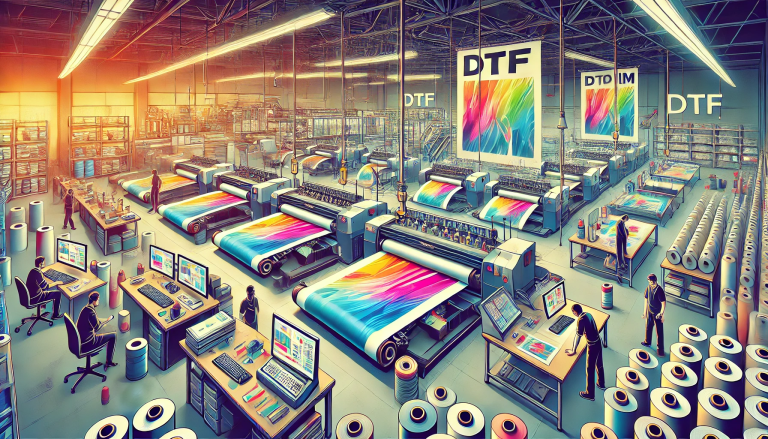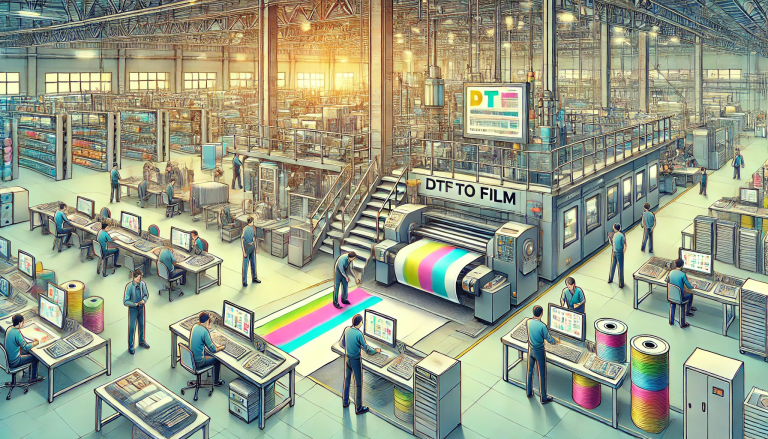Is DTF Film Reusable? Exploring the Sustainability of Direct to Film Printing
In the evolving landscape of print technology, Direct to Film (DTF) printing has emerged as a revolutionary method, offering versatility and quality in textile decoration. This technique involves printing designs onto a special film, which is then transferred to fabric through a heat press process. A critical question that arises in the context of environmental sustainability and cost-effectiveness is: Is DTF film reusable?
Understanding DTF Printing
To grasp the reusability of DTF film, it’s essential first to understand what DTF printing entails. DTF printing is a method that allows for high-quality graphic transfers onto various fabrics, including those difficult to print on with traditional methods. The process involves printing a design onto a clear PET film coated with an adhesive powder, then melting this adhesive to create a bond between the print and the fabric.
The Composition and Use of DTF Film
The film used in DTF printing plays a crucial role. Typically made from polyethylene terephthalate (PET), this film is chosen for its strength, clarity, and stability under heat. It serves as the carrier for both the ink and the adhesive powder, facilitating the transfer of the image to the fabric. After the heat press process, the film is peeled away, leaving the design permanently affixed to the material.
The Question of Reusability
When considering the reusability of DTF film, several factors come into play. Firstly, the nature of the DTF process inherently involves the transfer of the ink and adhesive from the film to the fabric, significantly degrading the film’s ability to carry another design effectively. Secondly, the heat required to transfer the design can warp or damage the PET film, further limiting its potential for reuse.
Environmental and Cost Considerations
The prospect of reusing DTF film is attractive from both environmental and cost perspectives. Reducing waste and the need for new materials aligns with the growing demand for sustainable practices in the printing industry. However, the current technology and materials used in DTF printing do not support the effective reuse of film. Each piece of DTF film is designed for a single use, ensuring the quality and integrity of the transferred design.
Innovations and Alternatives
The question of sustainability in DTF printing extends beyond the reusability of film. Innovations in the industry are focused on developing more eco-friendly materials and processes. Biodegradable films, recycling programs for used DTF films, and improvements in printing efficiency are areas of ongoing research and development. These efforts aim to reduce the environmental impact of DTF printing while maintaining its benefits for textile decoration.
Conclusion
In conclusion, while DTF film is not reusable in its current form, the printing industry’s commitment to sustainability and innovation holds promise for more environmentally friendly alternatives. The unique advantages of DTF printing continue to make it a valuable method for textile decoration, but with the added responsibility of exploring and implementing sustainable practices. As technology advances, the potential for reusable or more eco-friendly film alternatives may become a reality, further enhancing the sustainability of the DTF printing process.







